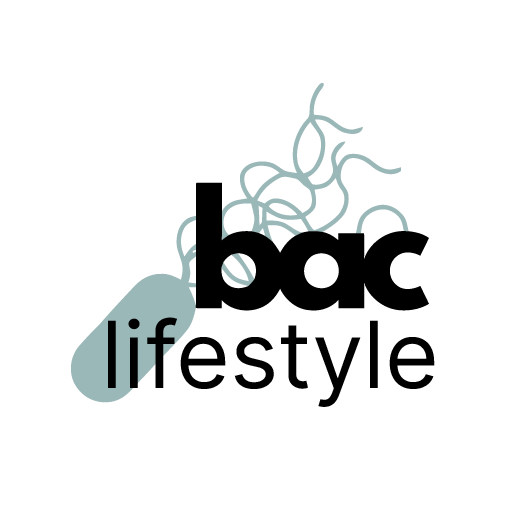Most bacteria can switch from a motile planktonic lifestyle to the formation of sessile communities, known as biofilms, on many biotic and abiotic surfaces. Similarly, biofilm-forming bacteria can revert to the motile lifestyle in response to particular environmental and/or physiological signals. Integration into a common regulatory network is essential for a smooth transition between these two mutually exclusive lifestyle options. In the Gram-negative bacterium Pseudomonas putida, the switch between planktonic and biofilm lifestyles is directed by the transcription factor FleQ and its modulators, FleN and the second messenger c-di-GMP. This system is tasked with regulating the synthesis of components useful for planktonic life (e.g., the flagellar system) and the synthesis of adhesion factors and extracellular matrix components necessary for sessile life. Additionally, our recent work has highlighted an important role of stress responses mediated by the alarmone (p) ppGpp and the alternative sigma factor sigma-S in regulating flagellar motility and biofilm growth, a largely unexplored territory.
In this project, we will implement an experimental and computational approach to gain a deeper understanding of the physiological and genetic mechanisms operating in transitions between both lifestyles and the determinants involved in the progression of such transitions. To this end, we will use a toolbox of in vivo and in vitro gene expression assays along with protein-protein interaction methods, high-resolution optical microscopy, functional genomics, and systems biology to elucidate gene regulation and spatiotemporal control of the synthesis and assembly of the polar flagellar system, as well as biofilm formation and dispersion. Additionally, we will develop computer modeling systems with a high predictive capacity for simulating the dynamics of biofilm development based on physiological and environmental parameters, including the physical properties of complex structured materials. These strategies will provide a roadmap of the signals, components, and mechanisms involved in each stage of the transition from planktonic to biofilm life and vice versa, and clear predictions of cellular interactions with the physical environment.


